M. RODEHUTSCORD*
Institut für Tierernährung, Universität Hohenheim, 70599 Stuttgart, Germany
Summary
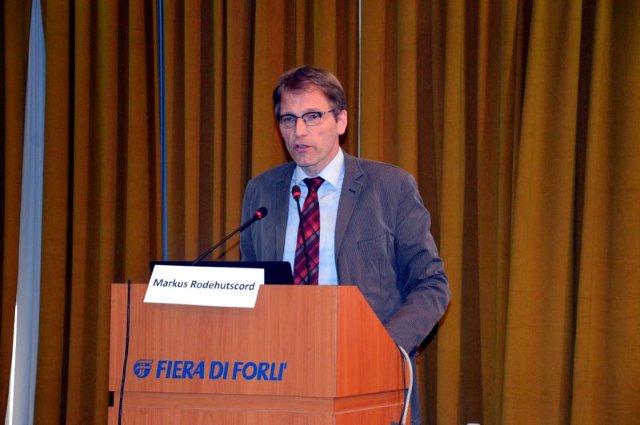 Phosphorus (P) is an element with special relevance for sustainable food production. All animal species have a specific requirement for P. Excretion of P may negatively affect the environment, and the global raw phosphate stores are limited. Therefore, responsible handling of P sources is necessary along the entire food chain. An optimised use in poultry feeding needs to consider the great differences in P availability between P-containing raw materials and the efficacy of phytase supplements. It also needs a precise modelling of the bird’s requirement for available P under consideration of the many factors that affect the requirement. The Working Group No 2: Nutrition of the European Federation of Branches of WPSA made the harmonisation of P evaluation a major objective of their activities. Based on the work of a sub-committee of experts from academia and industry, the Working Group No 2 developed a standard protocol for the determination of available P in broilers. The sub-committee currently compiles a comprehensive feeding table of available P of feed raw materials. This will be based on published scientific publications and reports and the standards as defined in the protocol. The upcoming working package of the sub-committee will be the modelling of the available P requirement.
Phosphorus (P) is an element with special relevance for sustainable food production. All animal species have a specific requirement for P. Excretion of P may negatively affect the environment, and the global raw phosphate stores are limited. Therefore, responsible handling of P sources is necessary along the entire food chain. An optimised use in poultry feeding needs to consider the great differences in P availability between P-containing raw materials and the efficacy of phytase supplements. It also needs a precise modelling of the bird’s requirement for available P under consideration of the many factors that affect the requirement. The Working Group No 2: Nutrition of the European Federation of Branches of WPSA made the harmonisation of P evaluation a major objective of their activities. Based on the work of a sub-committee of experts from academia and industry, the Working Group No 2 developed a standard protocol for the determination of available P in broilers. The sub-committee currently compiles a comprehensive feeding table of available P of feed raw materials. This will be based on published scientific publications and reports and the standards as defined in the protocol. The upcoming working package of the sub-committee will be the modelling of the available P requirement.
|
Introduction
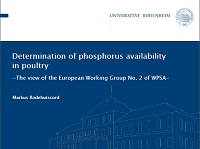 Most of the fertiliser and feed phosphates used in agriculture are derived from phosphate rock, which is a non-renewable resource. Current global phosphate rock reserves may be depleted in 50-100 years (Cordell et al., 2009). Future generations will face problems in obtaining enough to exist, and further research is needed to avoid problems in the long term (Abelson, 1999). Maintaining P resources in the face of finite global phosphate rock stores has been identified to be one of the greatest challenges for sustainable food production (Gross 2010; Neset and Cordell, 2012). This implies special challenges for all livestock industries. In poultry, optimising the supply of available P in the diet by considering differences in the availability of different P sources is one approach to address the problem. The second is to model the requirement of available P of modern genotypes. Most of the fertiliser and feed phosphates used in agriculture are derived from phosphate rock, which is a non-renewable resource. Current global phosphate rock reserves may be depleted in 50-100 years (Cordell et al., 2009). Future generations will face problems in obtaining enough to exist, and further research is needed to avoid problems in the long term (Abelson, 1999). Maintaining P resources in the face of finite global phosphate rock stores has been identified to be one of the greatest challenges for sustainable food production (Gross 2010; Neset and Cordell, 2012). This implies special challenges for all livestock industries. In poultry, optimising the supply of available P in the diet by considering differences in the availability of different P sources is one approach to address the problem. The second is to model the requirement of available P of modern genotypes.
At the 17th European Symposium on Poultry Nutrition, which was held in Edinburgh from the 23rd to the 27th of August 2009, one session was dedicated to P nutrition of poultry. As an outcome of the discussion, the Working Group No 2: Nutrition of the European Federation of Branches of WPSA has taken the initiative and invited a sub-committee to elaborate the options for optimising P nutrition of poultry. Members of the sub-committee are M. Bedford (UK), M. Blok (Netherlands), F. Calini (Italy), E. Delezie (Belgium), D. Feuerstein (Germany), M. Francesch (Spain), P.-A. Geraert (France), G. Huyghebaert (Belgium), A. Narcy (France), Y. Noy (Israel), M. Rodehutscord (Germany), and S. Steenfeldt (Denmark). It was agreed to structure the work of the sub-committee into three packages: 1. Harmonisation of P evaluation and development of a standard protocol for the determination of available P; 2. Compiling a feeding table of available P based on published literature and identification of the need for further experiments; 3. Modelling of the requirement of available P of different poultry species.
|
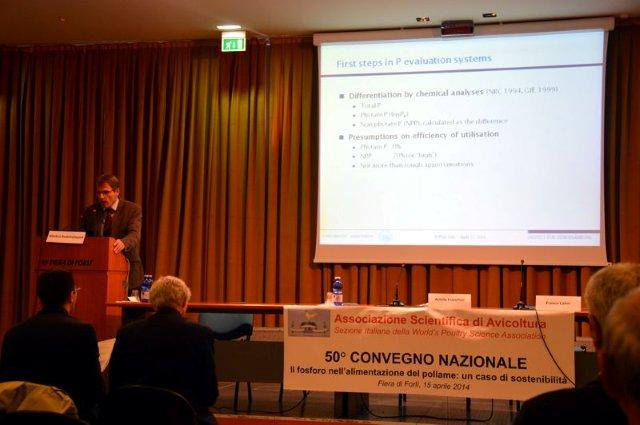
|
|
The standard protocol for the determination of available P
In a sequence of meetings in 2010 and 2011 the sub-committee developed a standard protocol for the determination of available P. This was approved by Working Group No 2 and published as a Working Group report (WPSA, 2013). The protocol has a focus on broilers as the main poultry category. However, P availability can differ between broilers, turkeys, and ducks and differences perhaps also exist between broilers and laying hens. If availability studies are intended with birds other than broilers, then the protocol can also be applied with some adjustment in diet composition. Key aspects of the protocol are the following.
P availability of feed raw materials is evaluated based on precaecal digestibility measurements and using a regression approach. This implies that a low-P basal diet is used and a minimum of two levels of the P source under test is supplemented. A separate correction for endogenous P losses is not necessary if this approach is used.
A minimum number of six replicated cages per diet is used, and each cage has at least eight birds. Experimental diets are provided for ad libitum intake for five days before the content from the lower ileum is collected when birds are between 21 and 28 days old. Digesta is pooled from all birds of one cage. Before the experiment starts, birds are fed a diet that is adequate in all nutrients, including P and Ca.
The experimental diets are adequate in all nutrients except P and Ca, meaning that the raw materials of the diet must be specifically selected. Examples for the composition of the diets are part of the protocol. Diets contain an indigestible marker. The intended level of available P in the basal diet should not exceed 0.15%, which is equivalent to approximately 0.3% total P. The P source under test is supplemented in at least two levels, and the levels are chosen to achieve increments of up to 0.15% of total P originating from the test source. Details depend on whether feedstuffs with a high P concentration (usually of mineral and animal origin) or plant P sources are tested. Diets should be pelleted.
The precaecal P digestibility of the P source under test is calculated as the slope of a regression line that is calculated for each set of diets that belong together (basal diet and diets supplemented with the respective P source). If two or more P sources are tested in the same experiment, common-intercept multiple linear regression can be used. This allows for the simultaneous determination of digestibility for all tested P sources, including a comparison of slopes. The protocol also addresses specific demands in testing the efficacy of supplemental phytase. Finally, it lists open questions in relation to P evaluation.
The Working Group No 2 considers this protocol as a starting point, implying “that the protocol defined herein will be revised if new results allow for improvements. It is expected that this protocol will be accepted by the community as the technical standard for P availability studies and that researchers contribute to further improvement of this standard and answering unresolved questions” (WPSA, 2013).
|
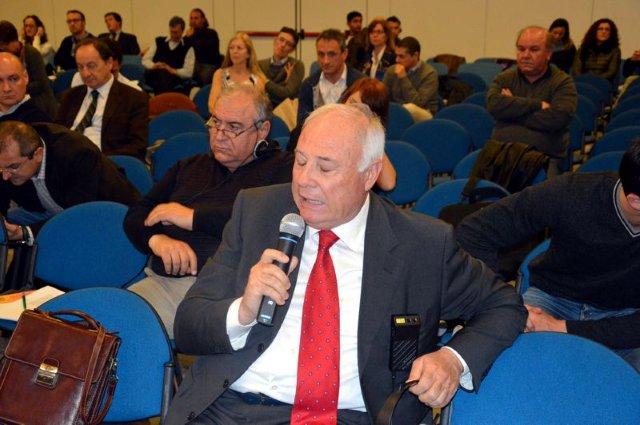
______________________
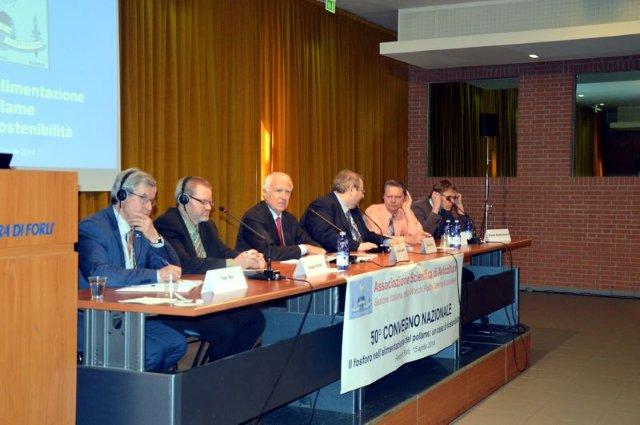
|
|
Feeding table of available P
The second working package has the objective to compile a feeding table of available P based on published literature and reports. Most of the work of the sub-committee is completed and currently under report to the Working Group 2 before it will be published.
In selecting data from the literature, the key criteria as defined by the WPSA protocol were considered. Accordingly, priority lies on quantitative data that were determined based on P precaecal digestibility or P retention. Publications were not considered if, for example, the total P content of the diet was not low enough, diets contained antibiotics or were supplemented with enzymes, probiotics and prebiotics.
The preliminary WPSA table of P availability will comprise close to 40 raw materials of mineral, animal and plant origin. The volume of underlying data for a single feed is very different, ranging from one to 24 observations made for the same raw material. The table will also show (if more than two observations were available) the range and coefficient of variation of the data. The coefficient of variation generally is high, and for certain raw materials (maize, rice bran, anhydrous dicalcium phosphate) very high (30% or higher). Such high variation indicates the need for studies looking into the reasons for this variation and attempting to predict it, especially with raw materials that play a major role in the feeding of poultry. Approaches that were used to estimate P availability based on in vitro solubility still show weaknesses in regard their accuracy to predict in vivo results (Shastak and Rodehutscord, 2013). Therefore, and in close linkage with new animal studies, in vitro approaches should be improved and developed into a tool that allows for rapid estimates of P availability under routine conditions.
In a separate step, it was evaluated whether published data based on relative bioavailability can also be considered and combined with the digestibility and retention data. The motivation for this was that P evaluation often was done based on relative responses using different bone data. Data based on tibia, toe and foot ash responses were considered because earlier they were shown to be similar in relative P availability values. For a comparison, raw materials of plant, animal and mineral origin were considered that had been investigated both in quantitative and in bone studies. Relative bioavailability data were re-calculated using quantitative availability data that were determined or assumed for the reference P source used in the respective study. It was concluded from this comparison that it is not possible to combine data from quantitative and relative P availability measurements into one P availability table.
|
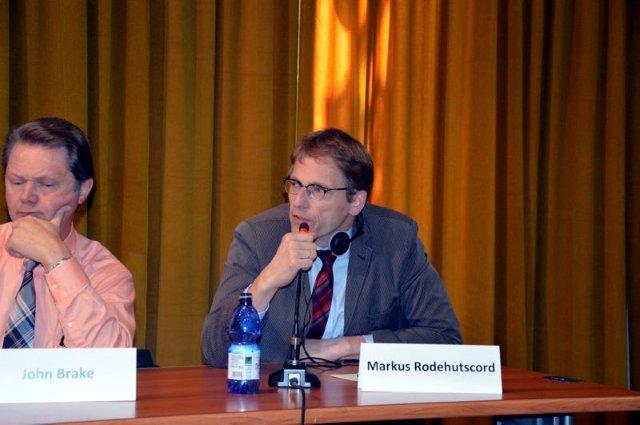 |
Modelling of the available P requirement
The third working package has the objective to develop flexible models of the available P requirement of different species and categories. The sub-committee recently started working on this package.

Download the presentation in PDF Format
References
Abelson, P.H. (1999): A potential phosphate crisis. Science 283: 2015.
Cordell, D., Drangert, J.-O. and White, S. (2009): The story of phosphorus: Global food security and food for thought. Global Environmental Change 19: 292-305.
Gross, M. (2010): Fears over phosphorus supplies. Current Biology 20: R386.
Neset, T.-S.S. and Cordell, D. (2012): Global phosphorus scarcity: identifying synergies for a sustainable future. Journal of the Science of Food and Agriculture 92: 2-6.
Shastak, Y. and Rodehutscord, M. (2013): Determination and estimation of phosphorus availability in growing poultry and their historical development. World’s Poultry Science Journal 69: 569-585.
WPSA (Working Group No 2: Nutrition of the European Federation of Branches of WPSA) 2013: Determination of phosphorus availability in poultry. World’s Poultry Science Journal 69: 687-698.
This manuscript is an updated version of Rodehutscord, M. (2013): Status report of the phosphorus sub-committee of Working Group No 2: Nutrition. Proc. of the 19th European Symposium on Poultry Nutrition, Potsdam, pp 88-90.
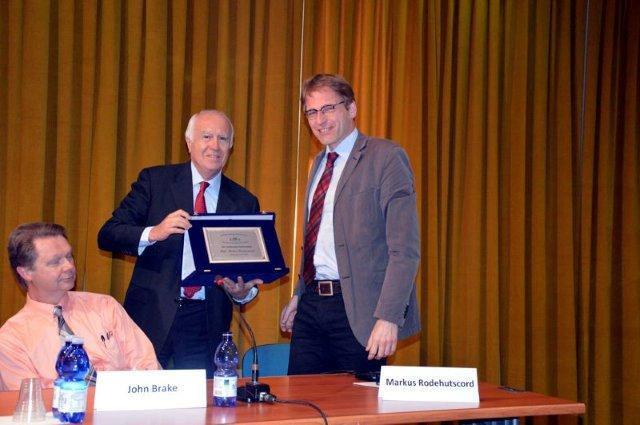
 Phosphorus (P) is an element with special relevance for sustainable food production. All animal species have a specific requirement for P. Excretion of P may negatively affect the environment, and the global raw phosphate stores are limited. Therefore, responsible handling of P sources is necessary along the entire food chain. An optimised use in poultry feeding needs to consider the great differences in P availability between P-containing raw materials and the efficacy of phytase supplements. It also needs a precise modelling of the bird’s requirement for available P under consideration of the many factors that affect the requirement. The Working Group No 2: Nutrition of the European Federation of Branches of WPSA made the harmonisation of P evaluation a major objective of their activities. Based on the work of a sub-committee of experts from academia and industry, the Working Group No 2 developed a standard protocol for the determination of available P in broilers. The sub-committee currently compiles a comprehensive feeding table of available P of feed raw materials. This will be based on published scientific publications and reports and the standards as defined in the protocol. The upcoming working package of the sub-committee will be the modelling of the available P requirement.
Phosphorus (P) is an element with special relevance for sustainable food production. All animal species have a specific requirement for P. Excretion of P may negatively affect the environment, and the global raw phosphate stores are limited. Therefore, responsible handling of P sources is necessary along the entire food chain. An optimised use in poultry feeding needs to consider the great differences in P availability between P-containing raw materials and the efficacy of phytase supplements. It also needs a precise modelling of the bird’s requirement for available P under consideration of the many factors that affect the requirement. The Working Group No 2: Nutrition of the European Federation of Branches of WPSA made the harmonisation of P evaluation a major objective of their activities. Based on the work of a sub-committee of experts from academia and industry, the Working Group No 2 developed a standard protocol for the determination of available P in broilers. The sub-committee currently compiles a comprehensive feeding table of available P of feed raw materials. This will be based on published scientific publications and reports and the standards as defined in the protocol. The upcoming working package of the sub-committee will be the modelling of the available P requirement.










